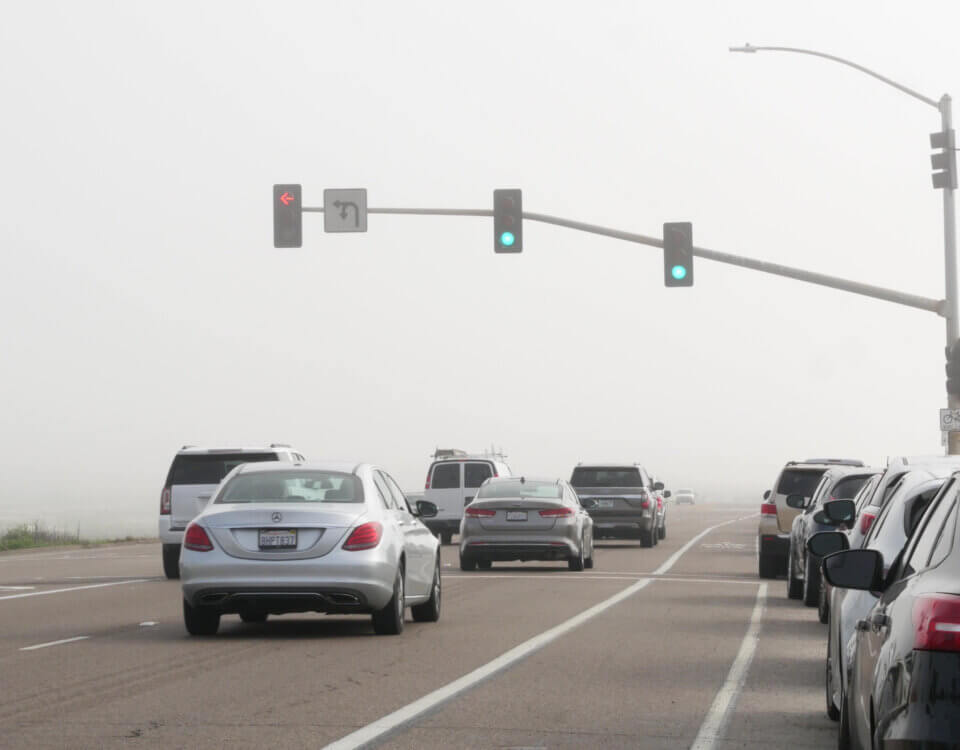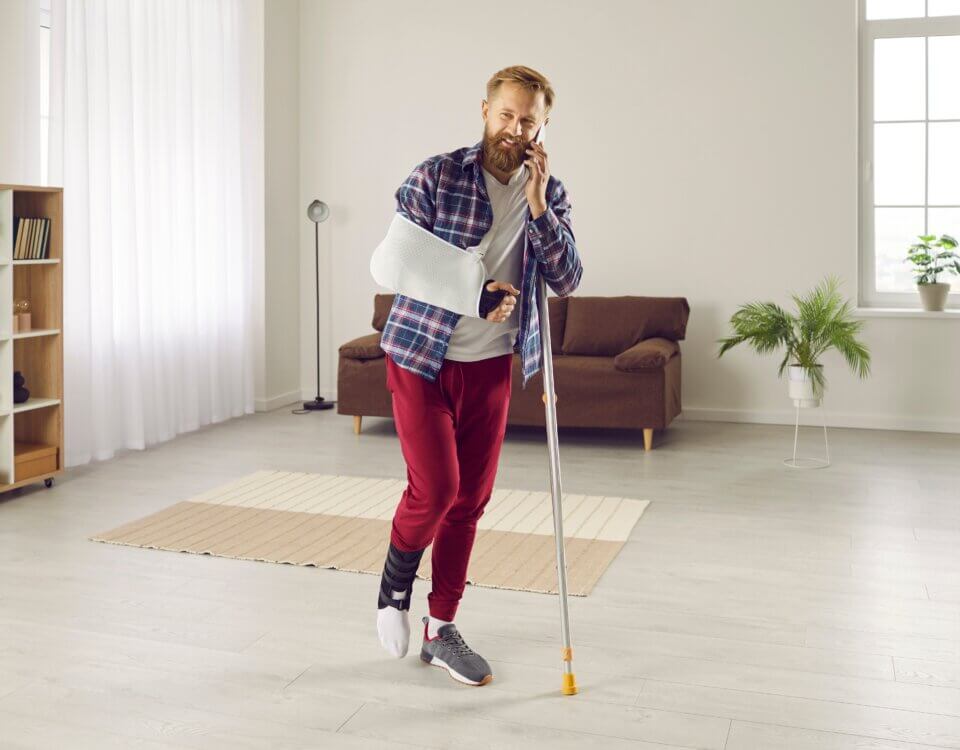Vision Zero is a global movement aimed at eliminating all traffic fatalities and severe injuries while increasing safe, healthy, and equitable mobility. Many California cities like Los Angeles, San Francisco, and San Diego have adopted Vision Zero plans to make streets safer for everyone.
What Vision Zero Is All About
- Safety as the Top Priority: The philosophy is that no loss of life on the roads is acceptable.
- Systemic Approach: Instead of blaming individual drivers or pedestrians, Vision Zero looks at road design, enforcement, and policy.
- Shared Responsibility: City planners, government agencies, and community members all play a role.
Steps California Cities Are Taking
- Redesigning Dangerous Streets: Adding protected bike lanes, pedestrian islands, and improved crosswalks.
- Lowering Speed Limits: Slower speeds reduce the severity of crashes.
- Enhanced Data Tracking: Using crash data to identify high-risk areas and deploy resources effectively.
- Public Education Campaigns: Encouraging safe driving, biking, and walking habits.
Examples Across the State
- Los Angeles: Targeting its most hazardous corridors, such as parts of Sunset Boulevard and Central Avenue, with street redesigns.
- San Francisco: Installing pedestrian beacons and improving intersections in the Tenderloin and SoMa neighborhoods.
- San Diego: Expanding protected bike networks and improving lighting in pedestrian-heavy areas.
How Communities Can Get Involved
- Attend city council or transportation meetings to voice concerns about unsafe streets.
- Support local advocacy groups like Walk SF or BikeSD.
- Encourage schools, businesses, and neighbors to adopt safe transportation habits.
Building Safer Streets Together
Vision Zero isn’t just a policy, it’s a commitment to saving lives. By participating in local efforts, Californians can help transform streets into safer spaces for drivers, cyclists, and pedestrians alike.
Note: These blog posts are created solely for the use of Hillstone Law. The information is gathered from internet research, publicly available sources, and artificial intelligence (AI) tools such as ChatGPT. While we aim to share helpful and educational content, Hillstone Law does not independently verify every detail. Some information may be incomplete, outdated, or subject to change without notice. If you believe any part of a post is inaccurate, misleading, or infringes upon copyright, please contact Hillstone Law immediately so we can review it and take appropriate action, including correction or removal.
Disclaimer: The material provided in these blogs is for general informational purposes only and should not be considered legal advice. Reading these posts does not create, and is not intended to create, an attorney-client relationship with Hillstone Law. Our intent is to share knowledge, raise awareness, and provide helpful resources to the public; however, Hillstone Law makes no warranties or guarantees about the accuracy, completeness, or reliability of the information provided, and expressly disclaims liability for any actions taken in reliance on it. The photos used in these posts are for illustrative purposes only and do not depict actual clients, individuals, or incidents unless expressly stated. If you or a loved one has been injured in an accident, please contact Hillstone Law at (855) 691-1691. Our attorneys are available to answer your legal questions and help you understand your rights.








